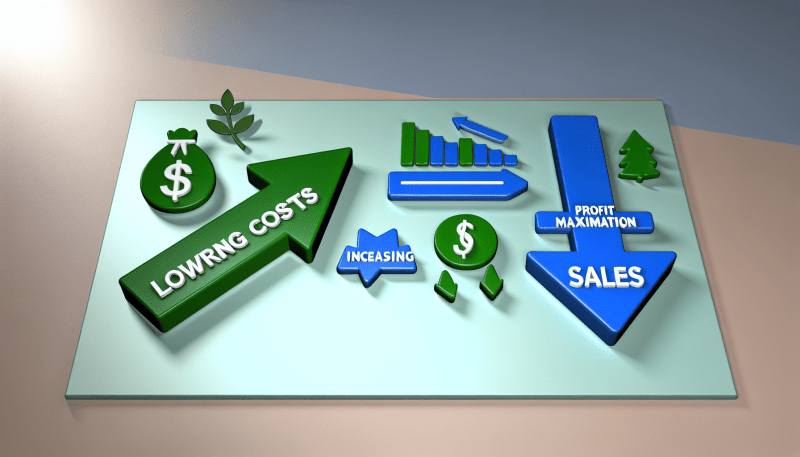Gaining a competitive edge on the Amazon marketplace hinges significantly on securing positive customer feedback. This guide unravels the expert tactics that top-tier Amazon sellers leverage to boost their positive feedback scores. Whether you're a veteran seller or just starting, these insights can catapult your customer satisfaction rates, thereby enhancing your sales and reputation on Amazon.
The Crucial Role of Customer Feedback on Amazon
Understanding the pivotal role customer feedback plays on Amazon is the first step toward leveraging it to your advantage. Feedback influences not only your seller rating but also how your products are ranked in search results. High ratings instill trust in potential buyers, generating more sales, whereas negative feedback can deter purchases, thus harming your sales volume.
The Bedrock of Success: Product Quality and Listing Accuracy
The cornerstone of positive feedback lies in the quality of your product and the precision of your listings. It's vital that customers receive products exactly as described and depicted. Achieving this starts with stringent quality control and a dependable supply chain. Moreover, detailed and high-resolution images alongside accurate, exhaustive product descriptions set the right customer expectations.
Enhancing the Customer Buying Journey
The Amazon purchasing experience spans beyond the product itself, encompassing every customer interaction from browsing to delivery. Quick, reliable shipping, professional packaging, and streamlined returns all contribute to customer satisfaction. Employing Fulfillment by Amazon (FBA) can ensure swift deliveries. Furthermore, transparent communication regarding shipping details, tracking, and returns can preempt and alleviate potential customer dissatisfaction.
Capitalizing on Amazon’s Feedback Solicitation Features
Amazon empowers sellers to proactively request feedback from customers. When used wisely, this tool can significantly amplify your volume of positive feedback. The key lies in timing your requests to coincide with presumed positive customer experiences and personalizing your outreach. Actively managing feedback and addressing negatives promptly and courteously can also help preserve your reputation.
Pioneering Customer Engagement
Establishing a connection with customers can elevate a satisfactory transaction to an exceptional one. Engaging with customers before, during, and after sales ensures any issues are resolved swiftly. Offering product usage tips or checking in post-purchase can cement a positive rapport. Such engagement not only encourages positive feedback but can also boost customer loyalty.
Mastering Feedback Monitoring and Management
Continuous tracking of customer feedback and reviews is essential. Implement a robust system to monitor feedback, utilizing tools that aggregate and analyze customer sentiments. This ongoing review process enables the identification of feedback patterns, guiding product and service improvements.
Transforming Negative Feedback into Opportunities
While no seller is exempt from receiving negative feedback, the manner in which you respond is crucial. Treat negative feedback as a chance for improvement. Always interact with disgruntled customers professionally, recognizing their grievances and proposing viable solutions. At times, offering a refund, return, or replacement is appropriate. Showing commitment to customer satisfaction can potentially convert detractors into promoters.
Embracing the Drive for Constant Improvement
Committing to continual enhancement across your operations can markedly affect customer satisfaction and feedback. Regular audits of your products, customer service methodologies, and feedback handling practices can pinpoint areas ripe for advancement. Motivate your team to innovate and identify new methods to enrich the customer experience. The aim is to genuinely elevate the value delivered to customers, thereby naturally boosting positive feedback.






